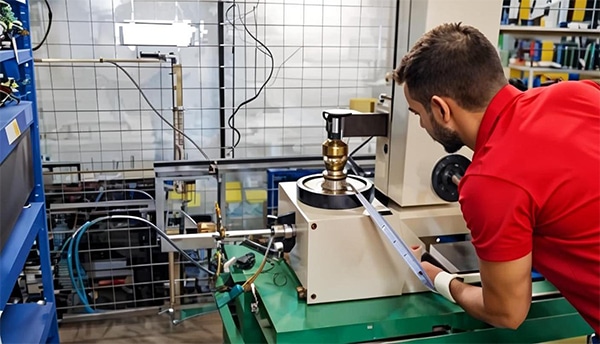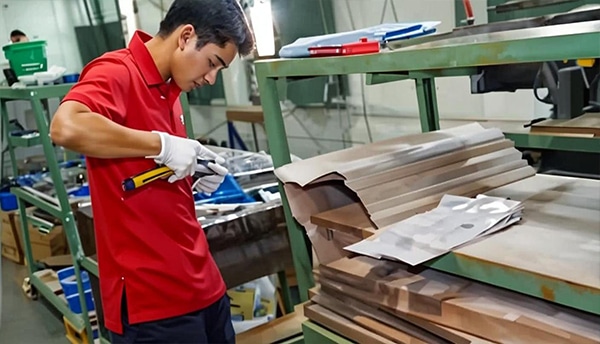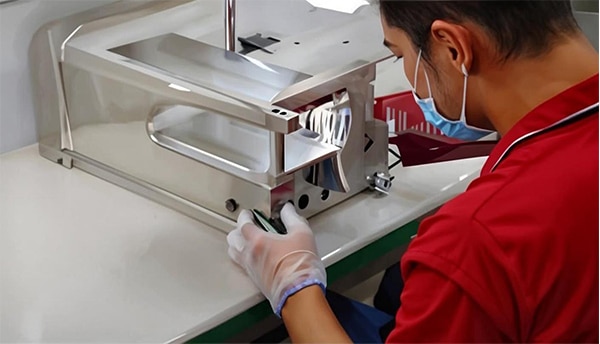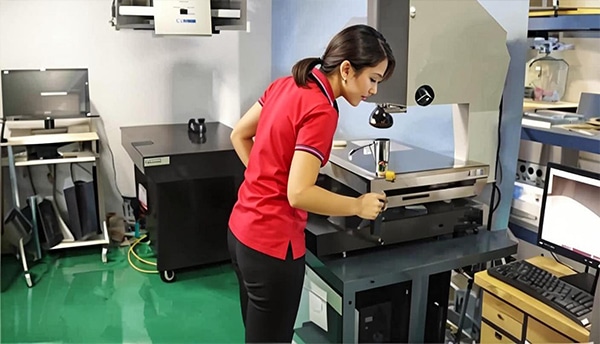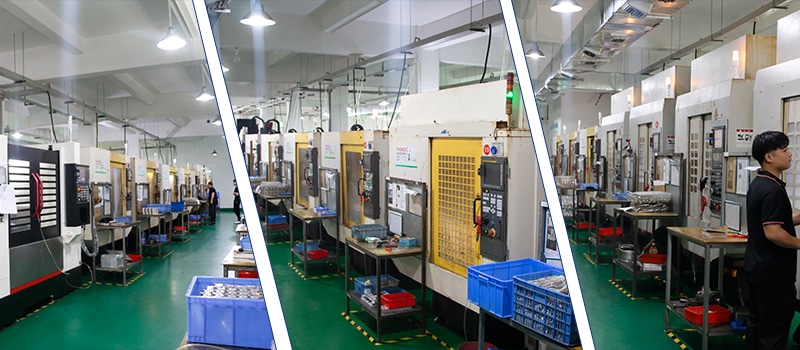Introduction to Off-Road Motorcycle Chain Housing
Off-road motorcycles serve a unique purpose, designed specifically for navigating rugged terrains and challenging environments. Unlike standard motorcycles, which primarily function on paved roads, off-road bikes must withstand harsher conditions, including mud, rocks, and variable weather. A crucial component of these vehicles is the chain housing, which plays a significant role in the performance and durability of the motorcycle’s drive system. The chain housing protects the drive chain from external elements while ensuring smooth operation during off-road adventures.
The challenges that off-road motorcycles encounter are manifold. For instance, exposure to mud can lead to increased wear and tear on vital mechanical components. Similarly, debris from uneven terrains can obstruct or damage the chain, compromising the overall functionality of the motorcycle. Water is another element that poses significant risks, potentially leading to corrosion and damage to the drivetrain system. Thus, the integrity of the chain housing becomes paramount in maintaining performance under these conditions. A well-designed chain housing must effectively shield the chain while facilitating heat dissipation and allowing for adequate lubrication.
To address these challenges, the design and material selection for off-road motorcycle chain housing are fundamental. Robust materials that can resist impact and abrasion are essential, while effective manufacturing methods ensure the reliability and precision of each component. CNC machining has emerged as a prominent technique in the production of custom aluminum parts for chain housing, allowing for intricate designs that meet specific performance requirements. This method not only enhances the durability of the components but also provides customizability to fit various off-road motorcycle models. Therefore, understanding the role of chain housing is integral to appreciating the overall performance of off-road motorcycles.
Understanding CNC Machining and Its Benefits
CNC (Computer Numerical Control) machining is a sophisticated manufacturing process that utilizes computer technology to control machine tools. It allows for the precise fabrication of parts and components using various materials, including aluminum, which is significantly beneficial for off-road motorcycle applications. The advantages of CNC machining are particularly evident when manufacturing components that require a high level of precision and complexity, such as chain housings designed for rugged environments.
One of the primary benefits of CNC machining is its ability to produce highly accurate and consistent parts. The technology utilizes pre-programmed software to dictate the movement of tools and machinery, ensuring that every piece produced adheres to strict tolerances. This level of precision is crucial in off-road motorcycles, where even a minor deviation could impact performance and safety. Additionally, CNC machining can produce intricate designs that might be unachievable through traditional manufacturing methods, allowing for specialized components tailored to the unique needs of off-road riding.
Another advantage of CNC machining lies in its reliability. The automation of the manufacturing process reduces the likelihood of human error, leading to a more dependable production cycle. This reliability is vital for manufacturers who aim to meet strict deadlines and maintain a high level of quality assurance in their parts. Furthermore, CNC machining enhances production efficiency by minimizing setup time and maximizing the number of parts produced in a single run. This direct impact on productivity translates to reduced lead times for customers seeking custom aluminum components for their off-road motorcycles.
Finally, CNC machining is environmentally friendly compared to traditional manufacturing methods. As it generates less waste material through its precise cutting and fabrication processes, manufacturers can achieve higher yield rates while reducing their environmental impact. This reduction in waste not only lowers production costs but also contributes to sustainable manufacturing practices, aligning with the growing industry emphasis on environmental responsibility.
Customization Options for Chain Housing Parts
Customization options for off-road motorcycle chain housing parts are vast and cater to the specific needs and preferences of enthusiasts and manufacturers alike. The primary objective of these modifications often revolves around enhancing both performance and aesthetic appeal. One of the first considerations in customization involves design modifications, which can range from altering the shape and size of the housing to developing unique profiles that better align with specific riding styles or performance requirements. These tailored designs can significantly impact the durability and efficiency of the chain system, ultimately improving the ride quality.
Another avenue for customization is the application of engravings for branding purposes. Manufacturers might choose to engrave their logos or unique identifiers onto the chain housing. This not only reinforces brand identity but can also add a personalized touch, making the motorcycle stand out in a competitive market. Such branding efforts are increasingly important as riders seek to differentiate their machines from standard models.
The choice of finishes also plays a critical role in the customization of chain housing parts. There are numerous options available that offer both aesthetic enhancement and protective qualities. Anodized finishes, for example, can provide a vibrant range of colors, while also protecting the aluminum from corrosion and wear. Similarly, powder coating offers durability alongside various visual effects, ensuring that customization does not compromise the structural integrity of the parts.
Additionally, integrating features such as ventilation holes can further enhance performance. These holes improve airflow, which helps reduce heat buildup, thus prolonging the lifespan of the chain and housing. Overall, customization offers off-road motorcycle enthusiasts the opportunity to tailor their chain housing components for optimal functionality and visual appeal, merging practicality with personal expression.
Materials Used in CNC Machined Chain Housing Parts
In the realm of off-road motorcycle components, aluminum stands out as the primary material for chain housing due to its exceptional properties. One of the most significant advantages of aluminum is its lightweight nature, which contributes to overall vehicle performance and handling. This reduced weight allows for improved agility and maneuverability on rough terrains, characteristics that are paramount in off-road scenarios.
Another critical property of aluminum is its corrosion resistance. Unlike steel, which can suffer from rust and degradation when exposed to harsh environmental conditions, aluminum naturally forms a protective oxide layer that prevents corrosion. This attribute is particularly beneficial in off-road applications where components are exposed to mud, water, and various types of debris. The durability provided by aluminum ensures a longer lifespan for the chain housing, reducing the need for frequent replacements.
When comparing aluminum to other commonly used materials like steel and plastic, the strength-to-weight ratio of aluminum becomes apparent. While steel boasts high tensile strength, its weight is significantly greater than that of aluminum, which can negatively affect the motorcycle’s performance. On the other hand, plastic may offer lightweight properties, but it often falls short in terms of durability, especially under the stresses encountered in off-road riding. Thus, aluminum emerges as the ideal compromise between strength and weight, making it a preferred choice for CNC-machined chain housing parts.
Various grades of aluminum, such as 6061 and 7075, are frequently used in CNC machining for these applications. Each grade offers different attributes; for instance, 6061 is known for its good mechanical properties and weldability, while 7075 is recognized for its higher strength yet may require more careful fabrication techniques. The selection of the appropriate aluminum grade is crucial in ensuring that the final chain housing components meet the rigorous demands of off-road performance.
Future Trends in CNC Machining for Off-Road Motorcycles
The landscape of CNC machining is evolving rapidly, significantly impacting the manufacturing of off-road motorcycle components, particularly chain housing. As we look toward the future, advancements in technology will play a pivotal role in enhancing the precision, efficiency, and functionality of these components. One notable trend is the increasing incorporation of automation within CNC machining processes. Automated systems not only streamline production but also reduce human error, enabling manufacturers to produce high-quality custom aluminum parts consistently.
Furthermore, the integration of 3D printing into CNC machining workflows is revolutionizing how off-road motorcycle parts, including chain housing, are designed and manufactured. This hybrid approach allows for the creation of complex geometries that could not be easily achieved through traditional methods. By leveraging additive manufacturing capabilities, designers can explore more innovative shapes while optimizing weight and strength characteristics, thereby improving the overall performance of the motorcycle.
Additionally, advancements in software for design simulation and production management are enhancing the CNC machining process. Sophisticated software solutions offer robust modeling capabilities, enabling manufacturers to test various designs virtually before committing to production. This not only expedites the design phase but also ensures that parts meet the required specifications and performance benchmarks. The impact on off-road motorcycle safety and reliability is profound, as components can be rigorously tested under simulated conditions.
In summary, the future of CNC machining for off-road motorcycles is bright, with trends like automation, 3D printing integration, and software advancements leading the charge. These innovations will likely enhance customization options, allowing riders to personalize their machines to better suit their needs while also improving performance and safety. As technology continues to progress, we can expect significant developments in the way off-road motorcycle components are manufactured, ultimately transforming the riding experience.





